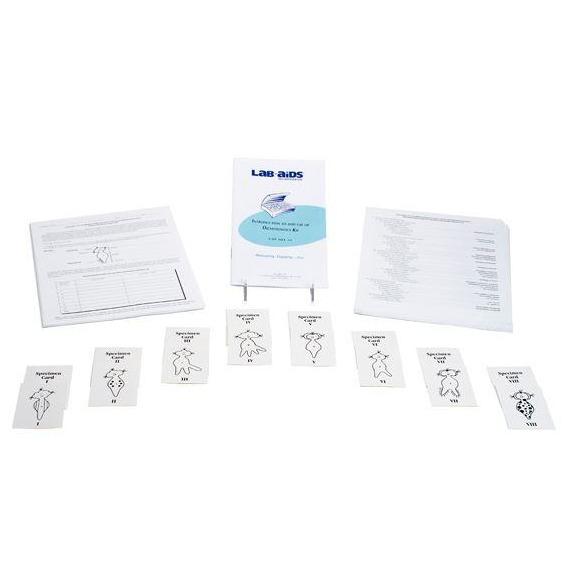Scientists use dichotomous, taxonomic, keys to identify both living organisms and non-living specimens. Examples of this would be a naturalist's use of a field guide or a chemists use of the periodic table. All dichotomous keys are developed the same way - similarities and differences in characteristics and traits are observed and recorded. Characteristics in dichotomous keys are typically given in pairs of opposing statements. The observer must make a choice as to which statement most accurately describes the specimen, since statement in each pair can be true. The statement chosen determines the next pair of opposing statements. Statement pairs become increasingly more specific until the specimen is identified. In this game-like activity, students focus on the physical attributes of an imaginary organism. Students identify the specimen and draw two organisms that match the organism's description. This kit is complete for 30 students.














